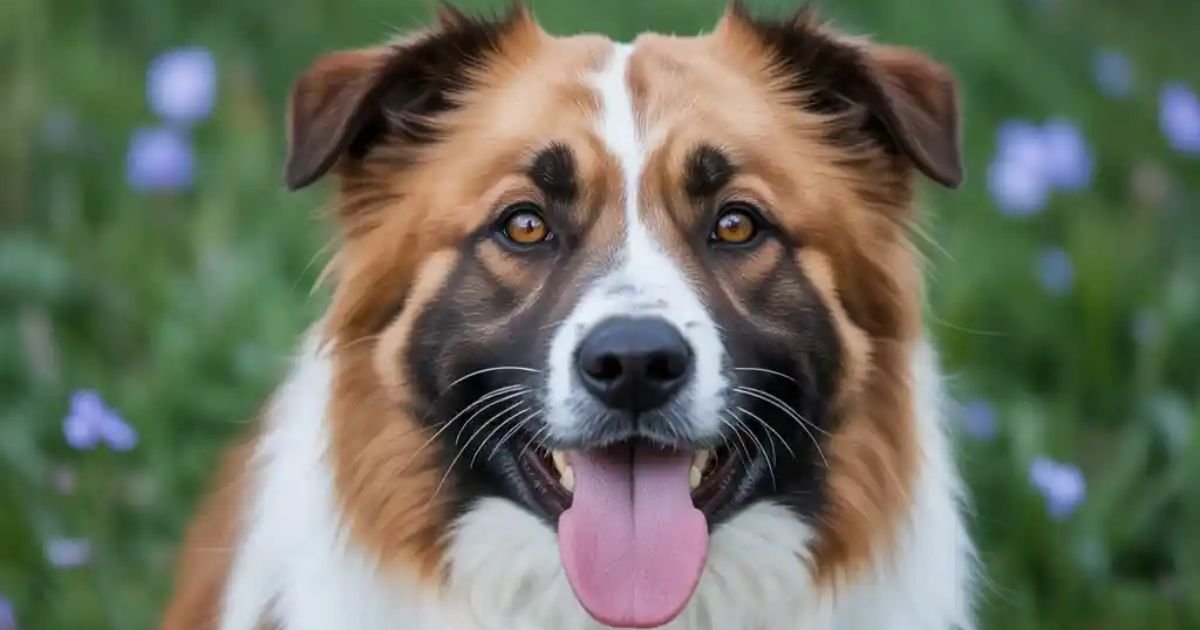Pets are beloved members of many households, bringing joy and companionship into our lives. Yet, despite the care and affection we provide, numerous hidden dangers in our homes can pose serious risks to our furry friends. Identifying and understanding these risks is crucial for ensuring their safety and well-being.
This comprehensive guide explores twelve significant hazards that pets may encounter at home and offers practical advice on how to mitigate these risks.
- Toxic Foods
Pets are naturally curious and often show interest in what their owners are eating, which can lead to accidental ingestion of harmful foods. Several common foods are particularly dangerous to pets. Chocolate, a well-known toxic food, contains theobromine, which can cause vomiting, diarrhea, and even seizures.
Similarly, grapes and raisins can lead to kidney failure in pets. Onions and garlic, when consumed in large quantities, can damage red blood cells, leading to anemia. These are not just food items; they are potential hazards for your pets.
Preventing accidental ingestion of toxic foods is a critical aspect of pet safety. It’s not just about keeping human food out of their reach but also about educating all household members about the dangers.
For a comprehensive understanding, refer to pet safety guidelines that provide a detailed list of foods that can be harmful to pets. This thorough education is key to creating a safe environment for your pets.
- Household Chemicals
Household cleaning products often contain chemicals that can be toxic to pets. Products like bleach, ammonia, and certain disinfectants can cause severe health issues if ingested or inhaled. Pets might be exposed to these chemicals through spills, residue on floors, or accidental ingestion of cleaning agents.
To prevent accidents, store all cleaning products in a secure cabinet with a childproof lock. Opt for pet-friendly cleaning products whenever possible. Regularly clean areas where pets spend time to remove any potential residues. Being aware of what’s in your cleaning supplies can make a big difference in keeping your pets safe.
- Electrical Hazards
Exposed electrical cords and wires present a significant risk to pets, especially those that are prone to chewing. Pets chewing on electrical cords can suffer severe injuries, including electrical burns or shock. The danger is heightened for puppies and kittens, who are naturally inclined to chew on objects.
Protect electrical cords by using cord covers or concealing them in cable management systems. Ensure that all cords and wires are secured and out of reach of curious pets. If an electrical issue arises, address it immediately to prevent any risk of injury to your pet.
- Small Objects and Toys
Small objects and toys with small parts can pose choking hazards for pets. Items such as buttons, coins, and toys with detachable parts can be ingested accidentally. Pets, particularly young ones, are known to explore their environment by chewing and swallowing objects, increasing the risk of choking.
Regularly inspect toys and household items for any small or detachable parts that could become a choking hazard. Choose toys that are appropriately sized for your pet and made from durable materials. Avoid leaving small items lying around where pets can access them.
- Plants and Flowers
Many common houseplants and flowers are toxic to pets. For instance, lilies can cause kidney failure in cats, while poinsettias can lead to mild gastrointestinal upset. Philodendrons and dieffenbachia, both popular indoor plants, can cause severe irritation to a pet’s mouth and throat.
To prevent accidental poisoning, research the plants and flowers in your home. Opt for pet-safe plants and flowers, and consider removing potentially harmful ones. Educate yourself about the symptoms of plant poisoning so you can act quickly if your pet shows signs of distress.
- Inadequate Pet-proofing
Inadequate pet-proofing can expose pets to various dangers. Cabinets, drawers, and trash cans left unsecured can be easily accessed by pets, leading to potential ingestion of harmful items or exposure to dangerous chemicals. Pets can also get trapped in or under furniture or appliances that are not pet-proofed.
Invest in childproof locks for cabinets and drawers, and secure trash cans with pet-proof lids. Regularly check your home for potential hazards and ensure that hazardous items are properly stored. Effective pet-proofing reduces the risk of accidents and ensures a safer environment for your pets.
- Insects and Rodents
Pests such as fleas, ticks, and rodents can pose health risks to pets. Fleas and ticks can transmit diseases like Lyme disease and flea-borne typhus. Rodents can carry diseases and parasites that may affect pets. Additionally, rodents may be attracted to pet food, creating a further risk of contamination.
Regularly check your pets for signs of pests and maintain a clean environment to deter rodents and insects. Use veterinarian-approved flea and tick prevention treatments, and store pet food in sealed containers. Monitoring for pests and taking preventive measures can help keep your pets safe from these external threats.
- Hot Surfaces
Pets are at risk of burns from hot surfaces such as stove tops, fireplaces, and space heaters. Curious pets can accidentally come into contact with these hot surfaces, leading to painful burns or injuries. Even household items like curling irons and hair straighteners can pose a risk if left unattended.
Prevent accidents by keeping pets away from hot surfaces. Use barriers to restrict access to areas with potential hazards, and be mindful of where you place hot appliances. Provide a safe and cool area for your pets to retreat to, especially in homes with heating devices.
- Sharp Objects
Sharp objects such as broken glass, sharp edges, and sewing needles can cause serious injuries to pets. Pets might step on or come into contact with these objects, leading to cuts or puncture wounds. Sharp objects are often found in areas like crafting spaces, kitchens, and bathrooms.
Ensure that sharp objects are stored safely and out of reach of pets. Clean up any broken items promptly and check areas where pets play for potential hazards. Regularly inspect your home for sharp or dangerous items that could harm your pet.
- Toxic Plants and Mulch
In addition to houseplants, garden plants, and mulch can also be hazardous to pets. Cocoa mulch, often used in gardens, contains theobromine, which is toxic to pets. Some garden plants, such as azaleas and rhododendrons, can cause severe health issues if ingested.
Choose pet-friendly mulch and avoid planting toxic garden plants. Regularly inspect your garden and outdoor areas for potential hazards. Ensuring that your outdoor environment is safe for pets is as important as maintaining a safe indoor space.
- Over-the-Counter Medications
Many over-the-counter medications intended for humans can be harmful to pets. Common medications, including pain relievers like ibuprofen and acetaminophen, can cause severe health issues if ingested by pets. Even seemingly harmless vitamins can cause toxicity if taken in large amounts.
Store all medications securely, out of reach of pets. Never administer human medications to pets without consulting a veterinarian. If you suspect that your pet has ingested a medication, seek veterinary assistance immediately.
- Inappropriate Toys
Not all toys are suitable for pets. Toys with small parts, or those that are easily torn apart, can pose choking hazards. Additionally, some toys may be made from materials that can be harmful if ingested. Choosing appropriate toys for your pet is crucial for their safety.
Select durable toys designed for your pet’s size and chewing strength. Regularly inspect toys for wear and tear and discard any that are damaged. Providing safe and engaging toys can help prevent accidents and ensure your pet’s enjoyment.
Implementing Preventive Measures
To ensure the safety of pets, taking preventive measures is essential. Here are some additional steps to consider:
- Regular Inspections: Regularly inspect your home for potential hazards. Address any issues immediately and ensure that all dangerous items are secured.
- Pet-proofing: Invest in pet-proofing measures such as childproof locks, invisible or electric fences, cord covers, and barriers. This will help minimize risks and keep your pets safe. Make sure to buy advanced safety assets to keep your pet safe. Click here to know more to explore more about the product range.
- Training and Supervision: Training your pet to avoid certain areas and supervise them in potentially hazardous situations can prevent accidents. Teaching basic commands and safe behaviors is beneficial.
- Emergency Preparedness: Know the signs of poisoning or injury and have a plan in place for emergencies. Keep the contact information of your local veterinarian and an emergency animal clinic readily accessible.
Creating a Safe Environment
Creating a safe environment for pets involves more than just addressing immediate hazards. It also means fostering an environment where pets can thrive and enjoy their home safely. Ensuring that pets have a secure space, regular veterinary care, and appropriate toys and activities is key to their well-being.
Review your home environment regularly and make adjustments as needed to ensure it remains safe for your pets. By being proactive and attentive to potential risks, you can create a secure and comfortable space for your furry friends.
Conclusion
Understanding and addressing potential hazards in the home is crucial for keeping pets safe. From toxic foods and household chemicals to sharp objects and inappropriate toys, being aware of these risks allows you to take preventive measures. Regular home inspections, effective pet-proofing, and vigilant supervision can help mitigate these dangers and ensure a safe environment for your pets.
By following these guidelines and staying informed about potential risks, you can provide a safer and more enjoyable home for your beloved pets. Their safety and well-being are paramount, and taking the time to address these potential hazards will help ensure that they remain healthy and happy in their home environment.





